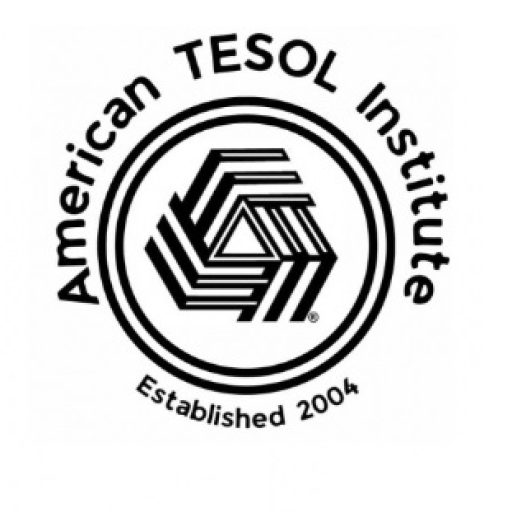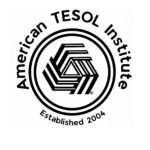Providing effective feedback and error correction is a cornerstone of language teaching, but it can also be a delicate process. In a recent TESOL webinar, Dave Dodgson offered valuable insights on how to make this process more empathetic, productive, and conducive to language learning.
Empathetic Feedback: The Foundation of Growth
Dodgson emphasized the importance of approaching feedback with empathy and understanding. Recognizing that errors are a natural part of the learning process, he encouraged teachers to create a safe and supportive environment where students feel comfortable taking risks and making mistakes.
Correction Codes: A Clear and Consistent System
To facilitate clear communication and understanding, Dodgson advocated for the use of correction codes. These codes, such as “sp” for spelling errors or “ww” for wrong word, provide concise and specific feedback while avoiding overwhelming students with lengthy explanations. By establishing a consistent system, teachers can streamline the correction process and help students identify and address their errors more efficiently.
The Circular Process: Learning Through Writing, Comments, and Response
Dodgson highlighted the iterative nature of language learning, emphasizing the importance of a circular process involving writing, feedback, and response. Students write, teachers provide feedback, and students revise their work based on the comments received. This cyclical approach encourages active engagement with the language and fosters a deeper understanding of grammar and usage.
Key Takeaways:
- Empathy is Key: Approach feedback with sensitivity and understanding, recognizing that errors are a natural part of the learning process.
- Clarity and Consistency: Use correction codes to provide clear and concise feedback, ensuring students understand the areas for improvement.
- Embrace the Cycle: Foster a continuous learning process through writing, feedback, and response, encouraging students to actively engage with the language and learn from their mistakes.
- Focus on Communication: Prioritize meaningful communication over grammatical perfection, encouraging students to express their ideas clearly and effectively.
Additional Tips:
- Provide Positive Feedback: Balance corrective feedback with praise and encouragement, highlighting students’ strengths and progress.
- Offer Individualized Support: Tailor feedback to each student’s needs and learning style, providing additional support and resources as needed.
- Encourage Self-Reflection: Guide students to reflect on their errors and develop strategies for improvement.
- Foster a Growth Mindset: Cultivate a classroom culture where mistakes are seen as opportunities for learning and growth.
By implementing these strategies, ESL teachers can create a positive and productive learning environment where students feel empowered to take risks, learn from their mistakes, and achieve their language learning goals.
Further Resources:
Remember: Effective feedback and error correction are not about pointing out mistakes but about guiding students towards greater language proficiency and confidence. By adopting an empathetic and supportive approach, we can empower our students to embrace challenges, learn from their errors, and ultimately achieve success in their language learning journey.



